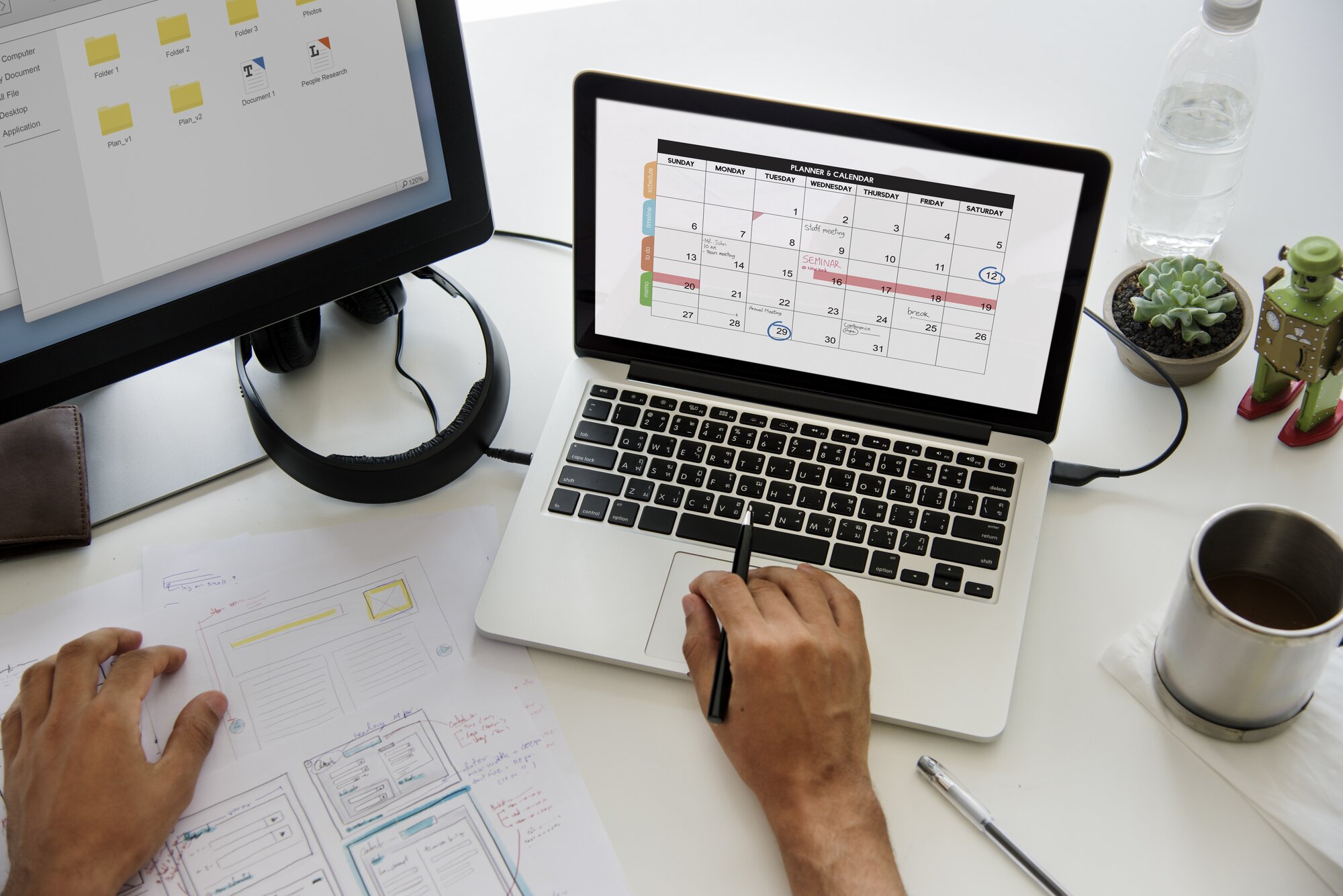Do your clients often get stuck in negative thought loops or self-doubt?
As a coach, you probably know that these limiting beliefs and mental blocks can seriously hold them back from reaching their true potential.
The good news? There are practical, proven mindset coaching tools that can help your clients build mental strength, shift perspective, and create lasting personal growth.
In this guide, we’ll explore the 17 best tools you can use in your sessions to help clients rewire their mindset — from visualization and journaling to powerful reframing techniques.
Let’s dive in.
What Is the Goal of Mindset Coaching?
Before we get into the tools, let’s quickly recap what mindset coaching is really about.
The main goal is to help people identify, challenge, and transform the beliefs that shape their reality.
As a mindset coach, you guide clients to:
- Recognize unhelpful thought patterns.
- Replace negative self-talk with empowering beliefs.
- Develop resilience and emotional intelligence.
Think of it like being a personal trainer for the mind — helping clients strengthen their mental “muscles” for growth and success.
If you’re not yet working with a coach yourself, you can easily find a mindset coach who aligns with your goals and approach.
Why Tools Matter in Mindset Coaching
Mindset coaching tools bring structure, clarity, and measurable progress to your sessions.
They help clients:
- Gain awareness of their thinking patterns.
- Set actionable goals.
- Track growth and breakthroughs.
Here are some examples:
ToolBenefitCognitive ReframingShifts negative thinking into empowering beliefsMiracle Day ExerciseClarifies clients’ ideal vision and prioritiesInfluence Sphere MappingHelps clients focus on what they can control
Now let’s explore each of the top 17 tools in more detail.
1. Cognitive Reframing
A powerful classic. This tool helps clients identify negative beliefs and consciously replace them with more balanced, empowering ones.
Benefits:
- Promotes positive thinking habits
- Increases self-awareness
- Builds long-term mindset resilience
How to use:
Have clients journal their recurring negative thoughts, then challenge each one with a rational counterstatement. Encourage daily repetition for 21 days to reinforce the shift.

2. Miracle Day Exercise
A visualization technique that helps clients imagine their perfect day — a glimpse into their ideal life.
Benefits:
- Clarifies purpose and goals
- Identifies values and desires
How to use:
Guide clients to close their eyes and visualize their perfect day, from morning to night. Then, have them write it down or create a vision board. Discuss small, practical steps they can take to make parts of that day real.
3. Reality Check Worksheet
This worksheet helps clients test the truth behind their thoughts and beliefs.
Benefits:
- Encourages objective thinking
- Reduces irrational fears
How to use:
Have them list a limiting belief, evidence for and against it, and then form a balanced new belief. Example:
“I failed before, so I’ll never succeed.”
→ “I’ve learned from failure and can apply those lessons to succeed next time.”
4. Influence Sphere Mapping
This visual exercise helps clients distinguish what they can control, influence, and cannot control.
Benefits:
- Improves focus and mental clarity
- Reduces anxiety about uncontrollable factors
How to use:
Draw three circles — Control, Influence, and No Control. Clients fill them with life situations. Discuss strategies to focus on what’s within their control.
5. Inner Critic Visualization
A creative method where clients personify their “inner critic” and learn to respond with compassion instead of fear.
Benefits:
- Increases self-awareness
- Reduces negative self-talk
How to use:
Ask clients to visualize their inner critic as a character. What does it look like? Sound like? Then, have them engage in dialogue — thanking it for trying to help, but choosing a new, supportive voice.
6. Exploring Perspectives
This technique teaches clients to see situations from multiple angles, promoting empathy and flexible thinking.
Benefits:
- Enhances emotional intelligence
- Reduces conflict
How to use:
Ask clients to view a challenge from three perspectives — their own, another person’s, and a neutral observer’s. This often leads to surprising insights and solutions.
7. Best Possible Self Exercise
This exercise lets clients picture themselves in their ideal future and use that vision as motivation.
Benefits:
- Clarifies direction
- Strengthens optimism
How to use:
Ask clients to write a detailed description of their best future self — what they do, how they feel, and who they’re with. Then, identify small actions to start embodying that self today.
8. Belief Bridge
The Belief Bridge helps clients cross from a limiting belief to an empowering one.
Benefits:
- Builds confidence and courage
- Replaces fear with faith
How to use:
Example:
Limiting belief → “I’m not good enough.”
Empowering belief → “I’m learning and growing every day.”
Guide them to visualize crossing a bridge to this new mindset.
10. Mindset Time Machine
A visualization tool that connects clients with their future success.
Benefits:
- Encourages proactive planning
- Strengthens belief in possibility
How to use:
Have clients picture their future self after achieving their goals. What mindset helped them succeed? Then, identify how to apply that mindset today.
11. Thought Acceleration
This technique helps expose the absurdity of extreme negative thinking.
Benefits:
- Challenges irrational fears
- Restores balance
How to use:
If a client says, “I’ll fail and lose everything,” ask, “And then what?” Keep escalating the thought until they see how unrealistic it is — then reframe it.
12. Positive Evidence Log
A simple but powerful practice: tracking daily successes and wins.
Benefits:
- Builds self-esteem
- Counteracts negativity bias
How to use:
Clients write at least one example of something that went well each day. Review weekly to celebrate progress.
13. Praise Reframing
This tool shifts focus from external validation to internal growth.
Benefits:
- Builds intrinsic motivation
- Reduces dependence on others’ approval
How to use:
When receiving praise, have clients reflect on the effort and skills behind their success — turning compliments into self-awareness.
14. Gratitude Journaling
A classic positive psychology practice.
Benefits:
- Increases happiness
- Reduces stress and anxiety
How to use:
Ask clients to write down three things they’re grateful for each day. The more specific, the better. Review entries weekly to reinforce positivity.
15. Comfort Zone Analysis
Encourages clients to stretch beyond what feels safe.
Benefits:
- Promotes growth
- Builds resilience
How to use:
Have them map their comfort zone, then list actions just outside it. Choose one to tackle weekly, celebrating each small win.

16. Stop and Reflect
A daily mindfulness practice that increases self-awareness.
Benefits:
- Improves emotional control
- Prevents reactive behavior
How to use:
Encourage short daily pauses to notice thoughts and emotions without judgment. Clients then choose how to respond rather than react.
17. Future Self Thank You Note
A creative way to anchor long-term motivation.
Benefits:
- Strengthens self-trust
- Keeps clients focused on purpose
How to use:
Ask clients to write a thank-you letter from their future self, expressing gratitude for today’s actions and perseverance. Revisit it often for encouragement.
Conclusion
The right mindset coaching tools can transform how clients think, feel, and act.
They help people recognize limiting beliefs, adopt empowering perspectives, and build a foundation for personal growth that lasts.
Whether you’re a coach or on your own journey of transformation, these techniques can make a lasting impact.
If you’re ready to take your growth to the next level, explore how you can choose the best coach for your needs and start developing your strongest mindset yet.






